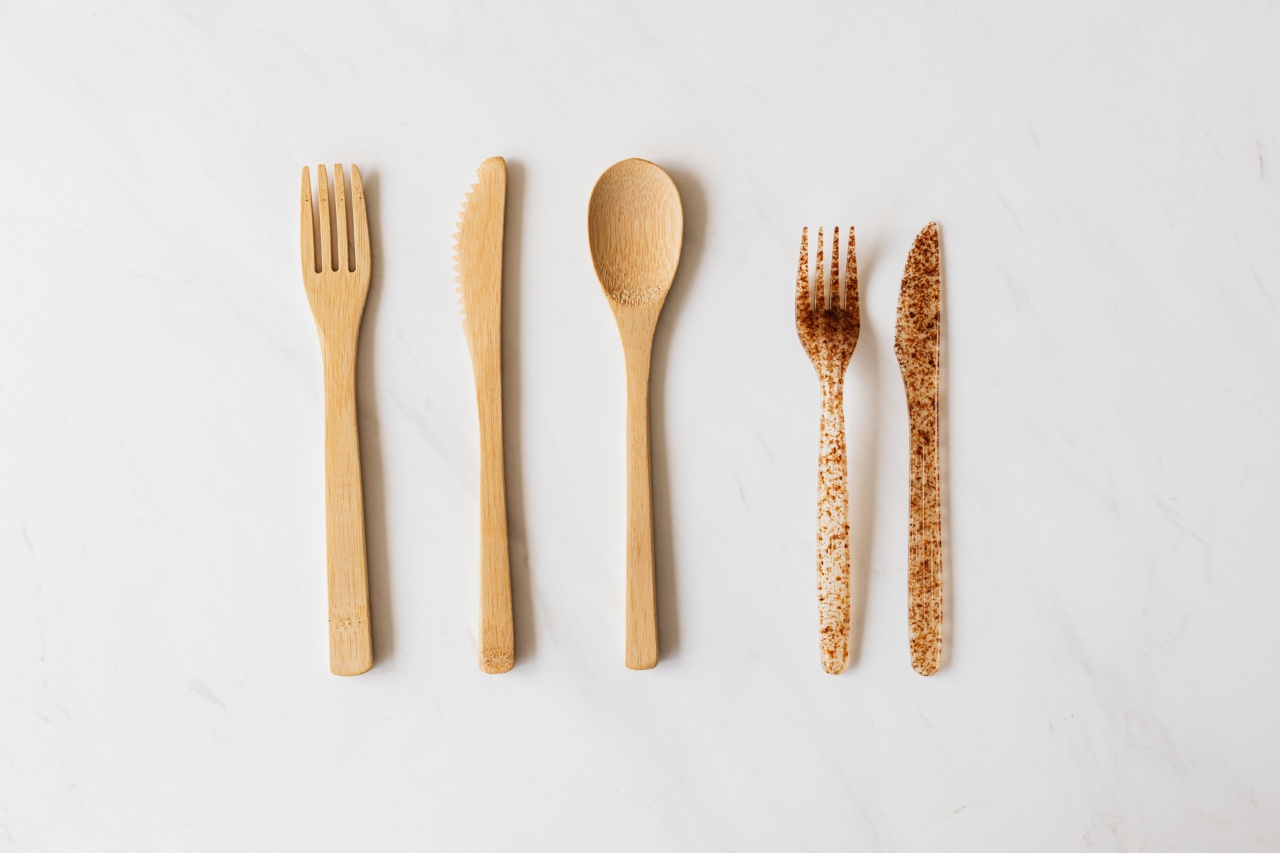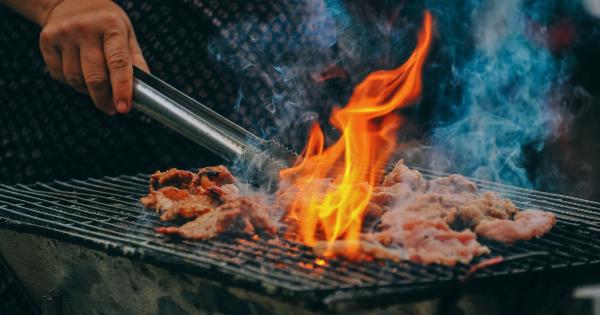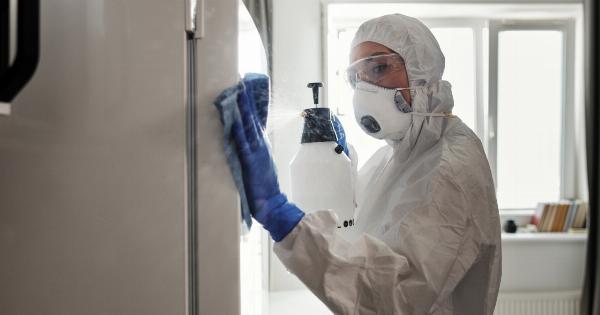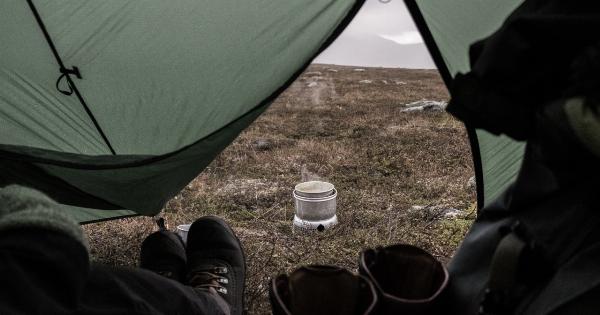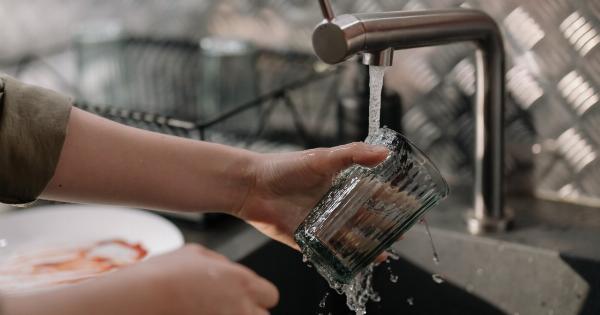Accidents in the kitchen can happen to even the most experienced cooks. Burns, in particular, are a common occurrence that can cause a great deal of pain and even lead to serious injuries.
However, there is a simple movement that you can adopt to significantly reduce the risk of burns while working in the kitchen. By implementing this technique into your cooking routine, you can protect yourself and ensure a safer cooking experience. Read on to discover this life-saving movement and how it can make a difference in your kitchen safety.
The Importance of Kitchen Safety
Kitchen safety is an essential aspect of cooking that should never be overlooked. With hot stovetops, boiling liquids, and sharp utensils, the kitchen is filled with potential dangers that can result in various injuries, including burns.
However, with proper precautions and awareness, you can minimize the risks and create a safer environment for you and your loved ones.
The Simple Movement that Reduces Burns
One powerful movement that can significantly reduce the risk of burns in the kitchen is the “flip and tuck” technique.
This technique involves flipping the handles of pots and pans away from the edge of the stove and tucking them towards the center or back of the stove. By implementing this movement, you create a physical barrier that prevents accidental bumping or knocking of the handles, reducing the chances of spills or burns.
Many kitchen accidents occur when the handles of pots and pans are left hanging off the edge of the stove.
In a busy kitchen, it’s easy to inadvertently knock or catch a handle, causing the hot contents to spill and potentially burn yourself or others nearby. By flipping the handles away from the edge and tucking them towards the center, you eliminate this risk and create a safer cooking environment.
Steps to Perform the “Flip and Tuck” Technique
The “flip and tuck” technique is simple to execute and can effortlessly become a part of your cooking routine. Follow these steps to incorporate this movement into your kitchen practices:.
Step 1: Assess the Position of the Pot or Pan
Before turning on the stove, evaluate the position of the pot or pan. Ensure that the handles are not extending beyond the edge and adjust them if necessary.
Step 2: Flip the Handles Away from the Edge
While holding onto the handles, gently flip them away from the edge of the stove. Ensure that they are securely turned away from any potential contact.
Step 3: Tuck the Handles Towards the Center or Back of the Stove
Once the handles are flipped, tuck them towards the center or back of the stove. This step is crucial, as it creates the protective barrier that minimizes the risk of accidental contact.
Step 4: Double-Check the Positioning
Before proceeding with cooking, double-check the positioning of the handles to ensure they are securely flipped and tucked away.
By following these simple steps, you can become accustomed to the “flip and tuck” technique and make it an integral part of your cooking routine.
Over time, it will become second nature, keeping you and those around you safer in the kitchen.
Additional Tips for Kitchen Safety
While the “flip and tuck” technique is an excellent tool for reducing burns in the kitchen, here are a few additional tips to enhance overall kitchen safety:.
1. Use Oven Mitts and Pot Holders
Always remember to use oven mitts or pot holders when handling hot cookware. These protective accessories provide an extra layer of insulation, preventing burns on your hands and fingers.
2. Wear Appropriate Clothing
When cooking, it’s important to wear clothing that isn’t loose or overly exposed. Loose sleeves or dangling accessories can easily catch fire or come in contact with hot surfaces, resulting in burns or accidents.
3. Keep Pot Handles Turned Inwards
When cooking on a stovetop, always ensure that the handles of your pots and pans are turned inwards. This prevents accidental collisions and reduces the risk of spills and burns.
4. Keep a Fire Extinguisher Handy
Accidents happen, and it’s crucial to be prepared. Keep a fire extinguisher within reach in case of any cooking-related fires. Familiarize yourself with its operation to ensure quick and efficient use in an emergency situation.
5. Clean Up Spills Immediately
Spills and splatters are not only unsightly but can also lead to accidents. Clean up any spills promptly to prevent slipping, tripping, or potential burns.
Conclusion
The kitchen is a place for creativity and nourishment. However, it can also be a hazardous environment if proper precautions are not taken.
By adopting the simple movement of “flip and tuck” and implementing it into your cooking routine, you can significantly reduce the risk of burns in the kitchen. This technique, along with additional safety tips, will help create a safer cooking environment and protect you and your loved ones from unnecessary harm.
